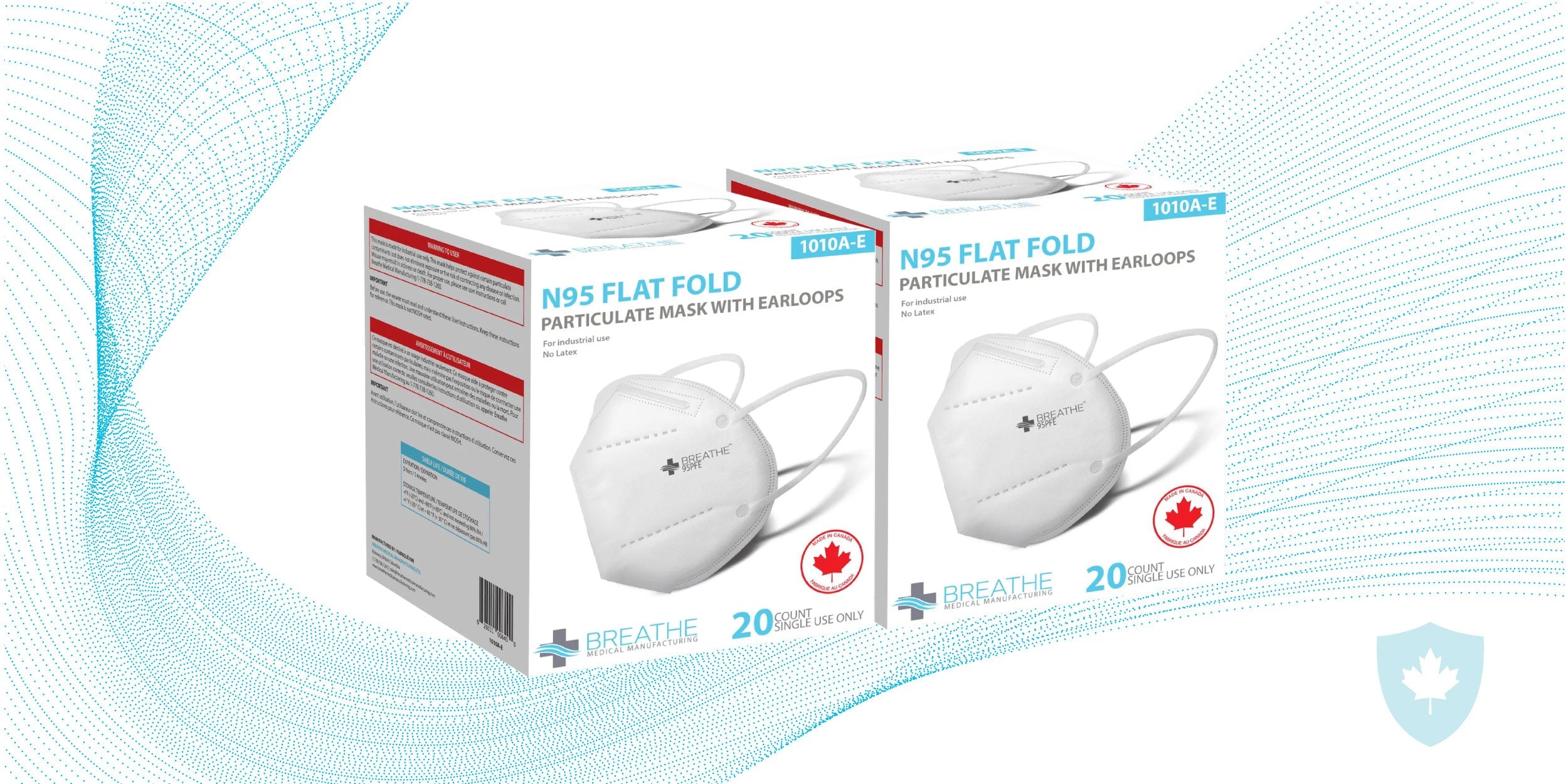From education tech to personalized protective equipment: InkSmith’s pandemic pivot
The following is an excerpt from The Globe and Mail article written by Gillian Livingston on Aug 18, 2020.

Since the start of the novel coronavirus pandemic, Kitchener, Ont.-based education technology product maker InkSmith has made one “major transition” after another.
First, InkSmith, which makes 3-D printers, laser cutters, virtual reality headsets and robotic kits for educational uses, saw business decline as schools closed across Canada due to COVID-19. It also watched as the manufacturing plants in China that made its products shut down as the pandemic spread.
Then, being made aware of the need for made-in-Canada personal protective equipment, it started a new company, The Canadian Shield, making face shields and surgical masks. The 10-person company hired 300 employees in four months, became manufacturing experts, and leased a new 50,000-square-foot facility sight unseen.
“All you can do is laugh because it’s that insane,” says Jeremy Hedges, founder and president of InkSmith and The Canadian Shield.
Now, the company is taking this new manufacturing expertise and applying it to its original InkSmith business and bringing the manufacturing of its educational technology products back home instead of having them made overseas.
In late March, Dr. Neil Naik with the Kitchener-Waterloo Academy of Medicine came to InkSmith and told Mr. Hedges about the shortage of PPE that would face the region, Ontario and Canada over the next few weeks. He suggested the company use its laser cutters and 3-D printers to make face shields.
“We had a huge stock of machines that we could just unbox, toss on tables and start going,” says Mr. Hedges, and within hours they turned InkSmith’s 5,000 square foot office into a “micro factory” making face shields.
The plan was to donate as much as they could to local hospitals. But it took an hour to 3-D print the headband and only 30 seconds to cut the plastic shield with the laser cutter.
Bringing manufacturing back to Canada from China “is difficult but it’s not impossible,” says Dan Breznitz, the Munk Chair of Innovation Studies at the University of Toronto. “It is feasible, it should be done but it’s a systemic problem of the whole system.” It’s also a promising way to help boost job creation in Canada at a time where many are out of work.
The key is for a company to have people with the right skills to manufacture goods efficiently to keep costs contained, and have access to the right people to maintain the production lines and the suppliers to keep the company supplied with raw products, Mr. Breznitz says.
“I highly urge our governments at both the federal and provincial level to seize this opportunity and make it happen,” he says, because it takes an entire supply and manufacturing chain to make it successful.
“If COVID-19 taught us just one thing is that we have to rely on ourselves a little bit more … in times of crisis,” he says.









